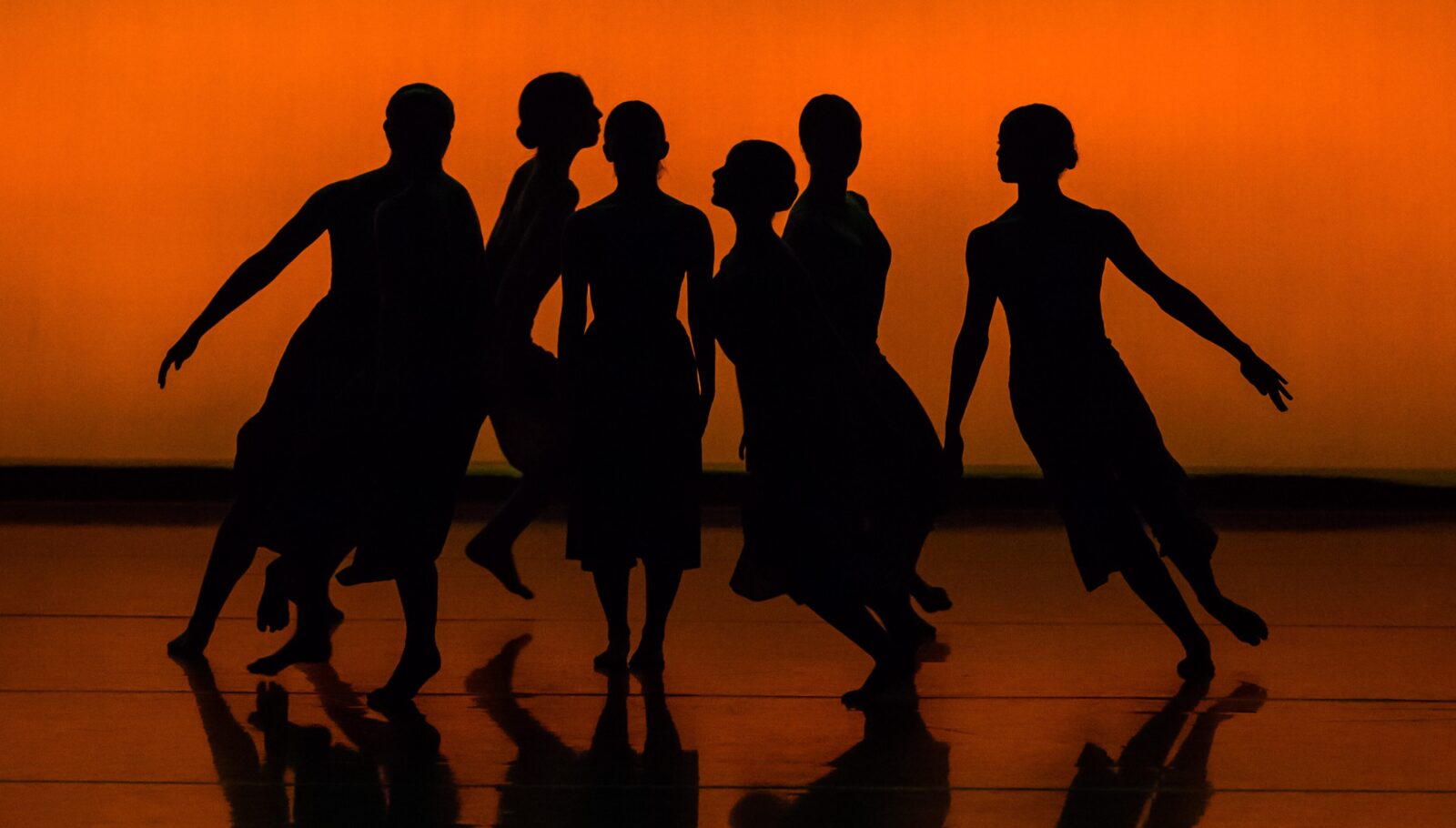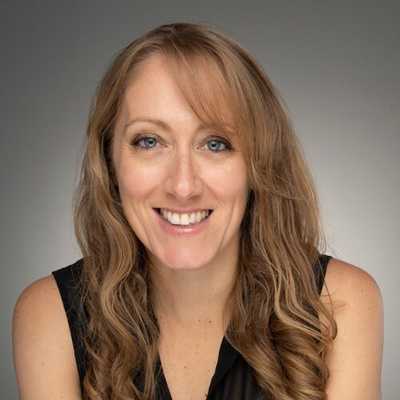Gabrielle Bae: Disability, Dance & Technology

Host Anna Robb sits down with Gabrielle Bae—dance artist, researcher, and producer reshaping the landscape of disability and technology in performance. Based in Seoul with a background spanning ballet, economics, advertising, and public sector innovation, Gabrielle bridges artistic practice and post-humanist philosophy in groundbreaking ways. She’s the force behind projects like Future Wide Open, a government-backed initiative empowering disabled artists to experiment with immersive technologies.
In this preview, Anna and Gabrielle explore how bodies, tools, and perceptions intersect—from motion-captured soundscapes to multi-sensory installations. They delve into the aesthetics of disability, the role of government in inclusive artmaking, and how technology can translate lived experience into new creative languages. It’s a conversation about access, identity, and building a future where all bodies—and all ways of sensing—belong onstage.
Tune into this thoughtful exchange—and join us next week for the full episode.
How did Gabrielle Bae transition from economics into dance and performance art?
Gabrielle began training in ballet as a child but shifted away from the arts due to injury and societal expectations in Korea. She pursued an economics degree and worked in conventional industries like advertising and government. However, her passion for the arts persisted. While working with content and technology startups, she realized that her true interest lay in blending digital technology with performance. This led her back to the arts through a more complex, interdisciplinary path—ultimately combining her love for dance with innovative digital tools.
What is Gabrielle’s vision for integrating technology with performing arts?
Initially intrigued by VR and AR, Gabrielle has broadened her focus to include haptics, immersive sound, and other sensory technologies that interact with the human body. She emphasizes that technology isn’t just about visual immersion but about modulation—transforming how we perceive and express bodily and emotional experience. She views all technology as potential artistic mediums and is especially interested in how different artists repurpose the same tools for diverse creative outcomes.
What was the ‘Future Wide Open’ project and how did it support disabled artists?
‘Future Wide Open’ was a Korean government initiative aimed at giving disabled artists access to digital technologies, particularly those who may have missed early exposure due to educational or sensory barriers. Gabrielle co-led mentoring, workshops, and support sessions for participants to experiment and create tech-integrated works. As someone with partial hearing loss and tinnitus, Gabrielle began identifying as a disabled artist during this project, resonating with the concept of “disability sensibility”—art rooted in lived experience rather than the artist’s identity label.
Two key projects emerged:
- A choreographer with visual impairment used motion capture on dancers to create live-generated soundscapes, allowing him and audiences to perceive dance through audio.
- A visual artist’s imagined “para-nation” was turned into an interactive game, offering immersive access to a fictional, sensory-rich world.
How were the projects received, and what is the future of this kind of work in Korea?
The first year (2023) of Future Wide Open was met with skepticism—some questioned if disabled artists were ready for such technological integration. However, Gabrielle emphasized that readiness was generational, not ability-based. By 2024, nearly half the participants returned with more refined concepts, and audience reception of the final showcase was overwhelmingly positive. Though the original project name was retired, similar programs continue to receive government support.
What are Gabrielle’s artistic ambitions and views on the Korean performing arts scene?
Gabrielle is working on a multiscreen dance film installation that mirrors her personal experience of sound perception, where similar movements are paired with varied soundscapes. She dreams of designing 360-degree scenographic environments that reflect a post-humanist worldview—compensating for auditory challenges by amplifying visual stimuli. Korea’s performing arts culture, she notes, thrives on audience enthusiasm. People attend shows repeatedly, share on social media, and embrace experimental work. However, she also highlights the industry’s dependence on public funding and calls for diversified support to reduce vulnerability to political shifts.
Key Insights from the Podcast
Disability Art Is About Experience, Not Labels
Gabrielle draws from theorist Carrie Sandahl to redefine disability art as rooted in disabled experience, body, and sensibility—not just the identity of the artist. This perspective challenges conventional definitions and opens up more inclusive artistic frameworks.Technology as Sensory Translator
Rather than focusing solely on VR or AR, Gabrielle emphasizes the use of immersive sound, haptics, and perception-based technologies that translate movement into multisensory experiences—especially for disabled audiences and creators.Future Wide Open: Building Access Through Innovation
The Korean government–backed initiative Future Wide Open supported disabled artists in experimenting with digital technologies. Projects included transforming choreography into sound through motion capture and building interactive “para-worlds” based on visual art.Artistic Identity Is Fluid and Evolving
Gabrielle began to identify as a disabled artist later in her career, after acknowledging how her own hearing impairment shaped her perception and creative processes. This self-awareness deeply informs her current work and advocacy.Korea’s Performing Arts Scene Thrives on Audience Passion
Gabrielle credits Korean audiences’ willingness to watch shows multiple times and share their experiences online as a key driver of the country’s vibrant performing arts culture. This organic engagement helps both commercial and experimental work flourish.Creative Curiosity as Lifelong Fuel
Despite describing herself as introverted, Gabrielle finds energy in the constant exchange of ideas with fellow artists, technologists, and thinkers. For her, performance is about endless exploration—and art is the language of curiosity.Caution Against Funding Dependency
Gabrielle voices concern over the volatility of government funding in the fine arts and advocates for greater sustainability through diversified support models, warning that brilliant ideas often stall without long-term resources.
Editor's Note: At StageLync, an international platform for the performing arts, we celebrate the diversity of our writers' backgrounds. We recognize and support their choice to use either American or British English in their articles, respecting their individual preferences and origins. This policy allows us to embrace a wide range of linguistic expressions, enriching our content and reflecting the global nature of our community.
🎧 Join us on the StageLync Podcast for inspiring stories from the world of performing arts! Tune in to hear from the creative minds who bring magic to life, both onstage and behind the scenes. 🎙️ 👉 Listen now!
